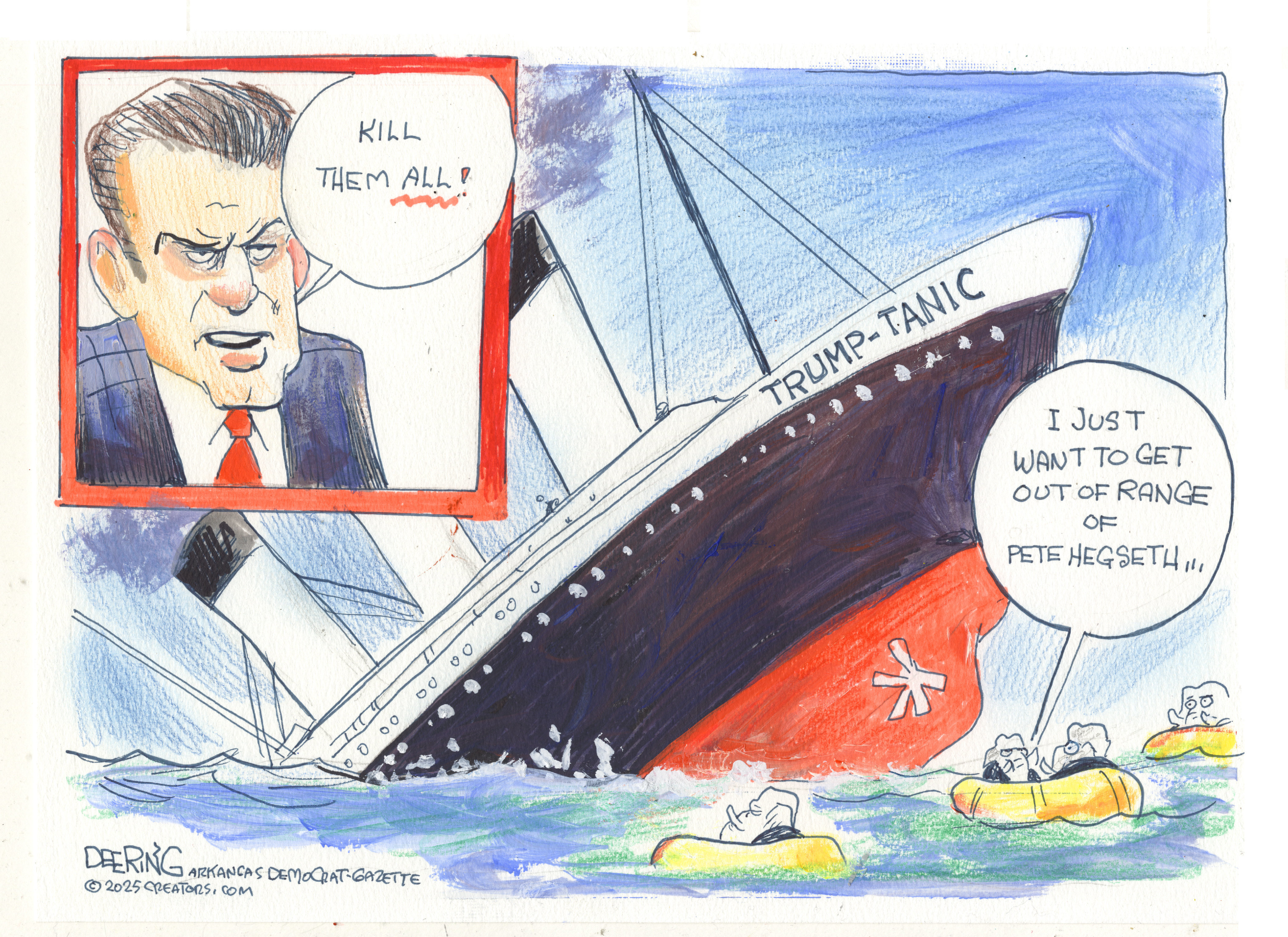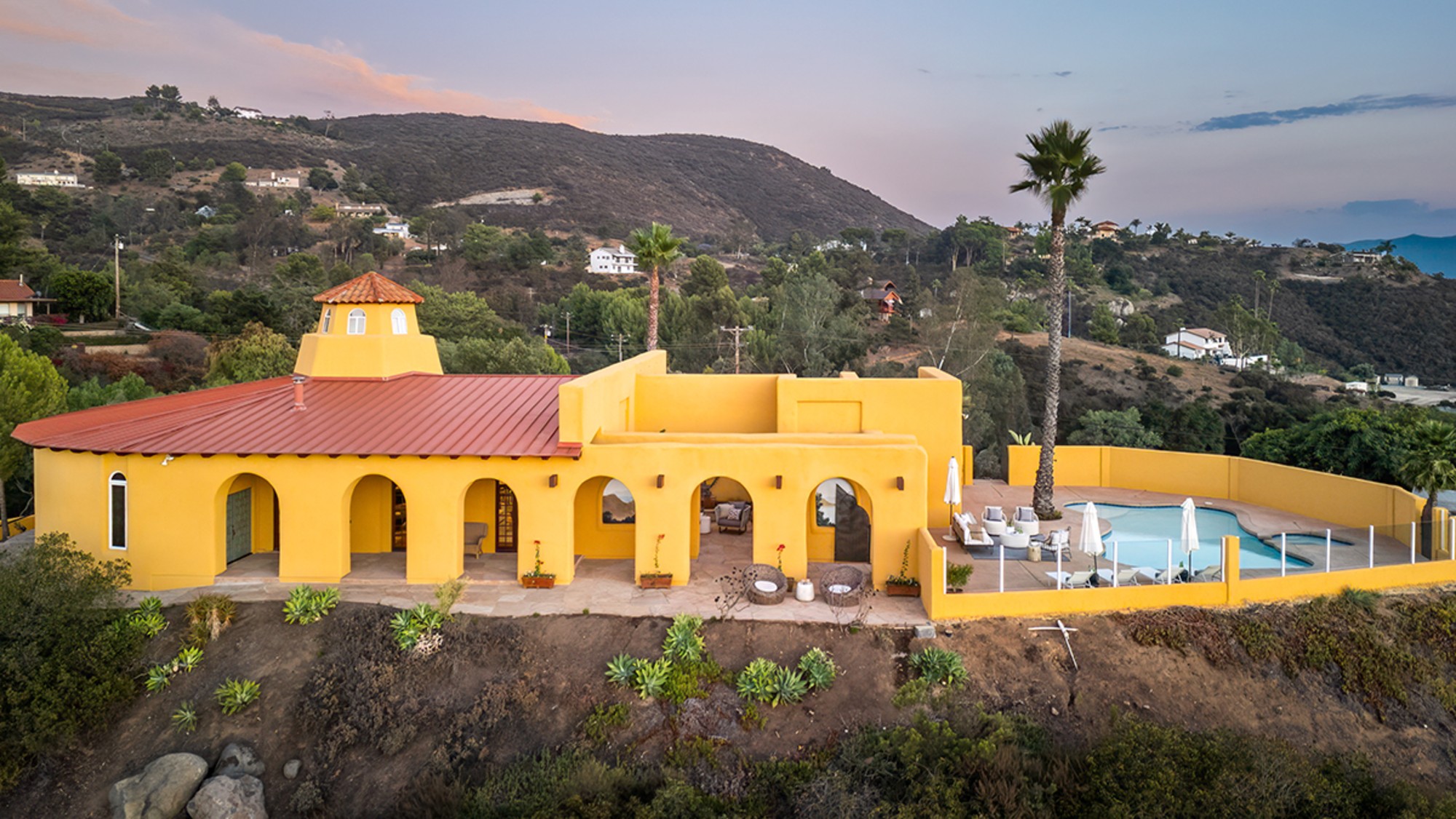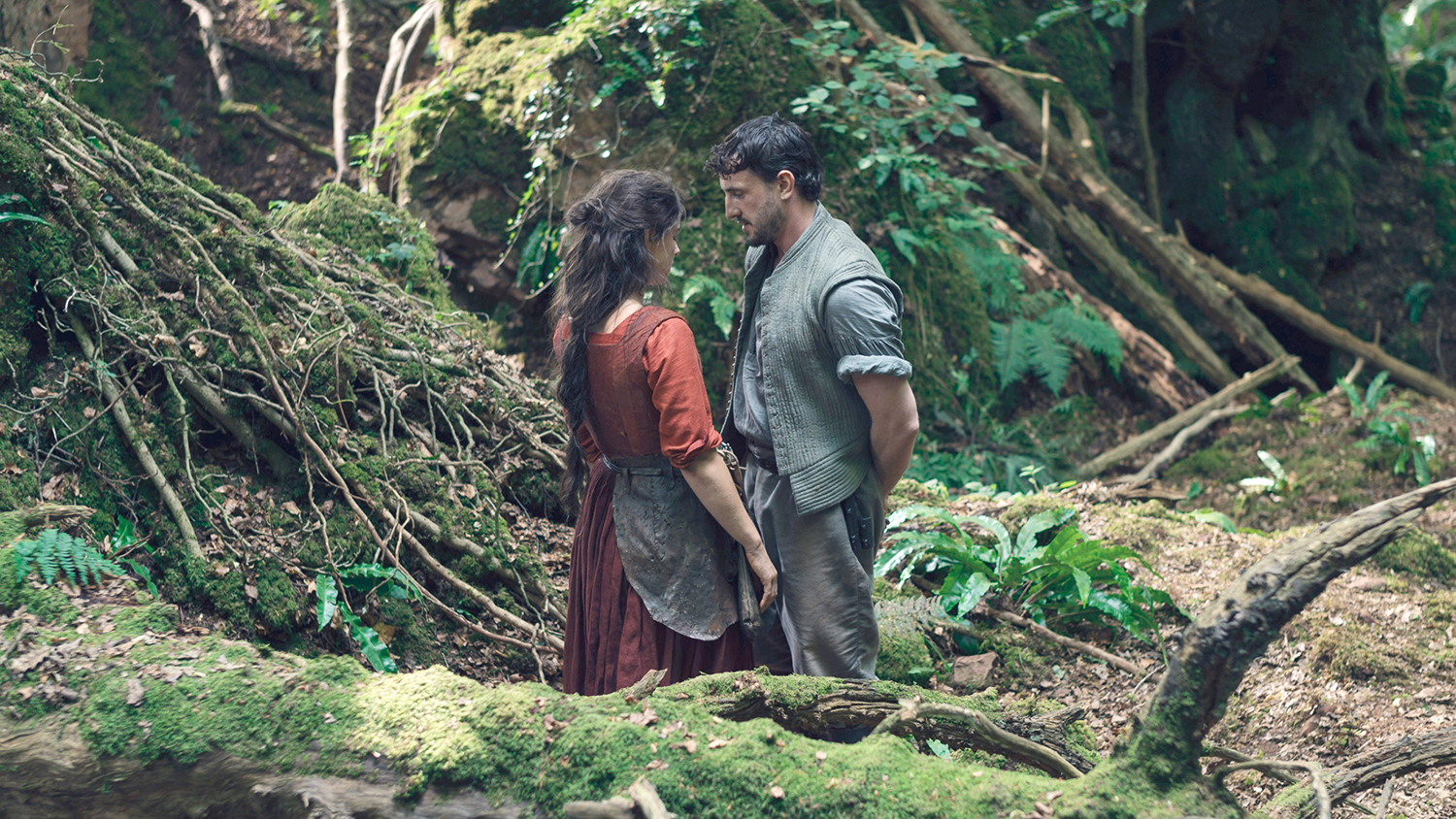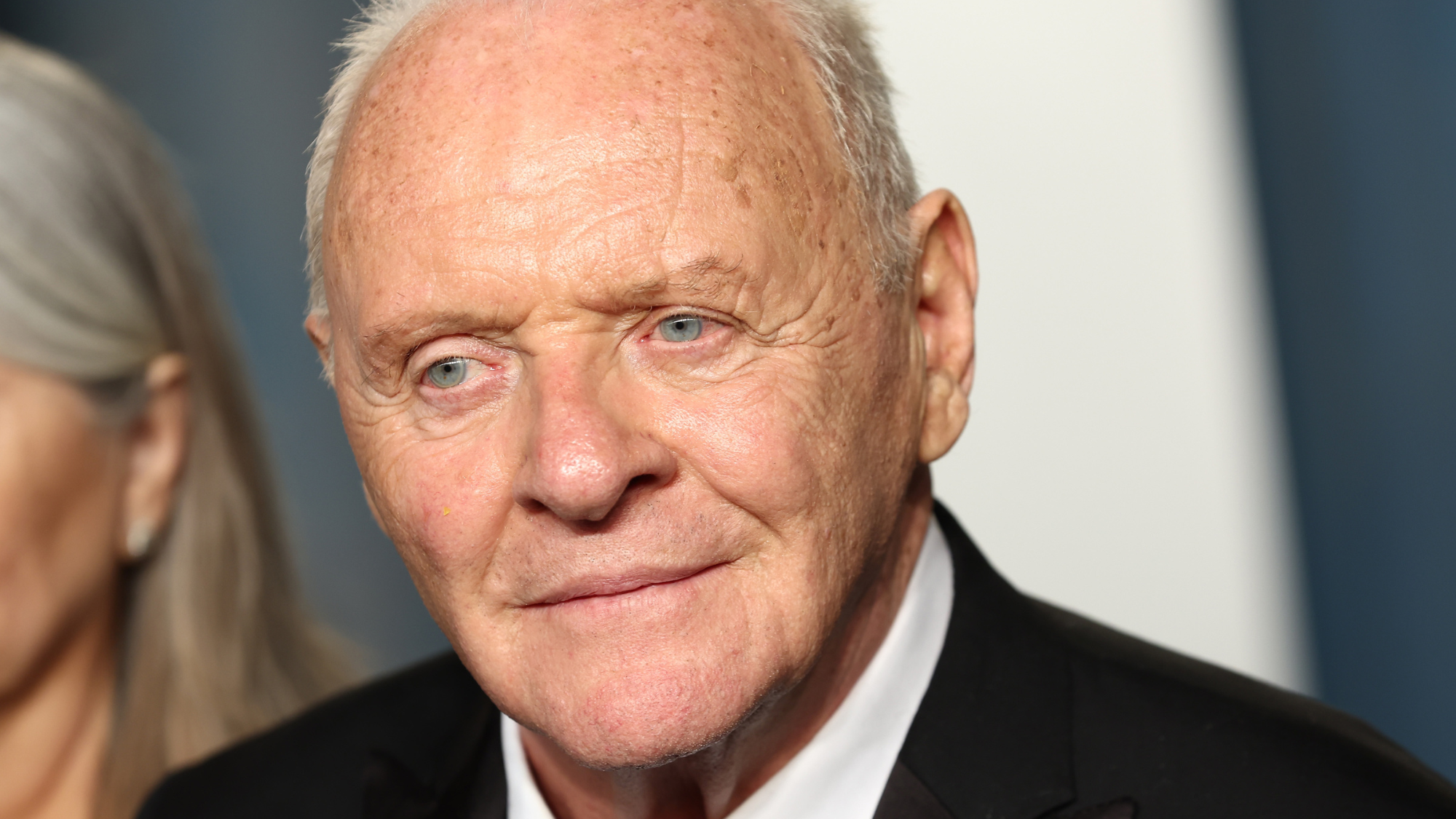Trip of the week: walking America’s railroads, from coast to coast
The Great American Rail-Trail follows the routes of disused railways across the US

It’s an idea that has been in the works for 50 years – a scenic trail following the routes of disused railways across the US, from Washington DC, close to the Atlantic coast, to the Pacific coast west of Seattle, a journey of 3,700 miles.
By May 2019, when its official route was finally announced, the Great American Rail-Trail was more than half complete, says Mike MacEacheran in The Sunday Telegraph. Now you can walk or cycle along huge sections of it, through 12 states. The landscapes it encompasses are beautiful, but equally engaging are the towns and cities, many of which have suffered economically since the decline of the railroads, but which have fascinating histories, and sometimes stunning relics of “faded industry”.
The longest completed section of the trail runs for 335 miles from Washington DC to Pittsburgh, passing the historic steel mills of the Southern Iron Valley, and Fallingwater, the house that Frank Lloyd Wright designed in 1935, which is often considered his masterpiece. In Ohio, it weaves through the heart of Swartzentruber Amish country, whose people still speak Pennsylvania German as their first language.
The Week
Escape your echo chamber. Get the facts behind the news, plus analysis from multiple perspectives.

Sign up for The Week's Free Newsletters
From our morning news briefing to a weekly Good News Newsletter, get the best of The Week delivered directly to your inbox.
From our morning news briefing to a weekly Good News Newsletter, get the best of The Week delivered directly to your inbox.
And in Iowa, there’s a “gorgeous” stretch along the Union Pacific Railroad that includes the spectacular High Trestle Trail Bridge. Spanning the Des Moines River, the bridge is crowned by 41 steel frames “of Escher-like wizardry”, designed to mimic the view through a mine shaft.
In Nebraska, the trail follows the old Chicago & North Western railroad across the prairie and along the Niobrara River, offering “a glimpse of echoingly empty small-town America” along the way. In Montana, it climbs into the Rocky Mountains.
And in Washington state, it crosses the Puget Sound in Seattle, before skirting the northern fringes of the Olympic National Park, one of the country’s largest temperate rainforests, and arriving, finally, at the Pacific at La Push, a village of the Quileute tribe.
See railstotrails.org for more information.
A free daily email with the biggest news stories of the day – and the best features from TheWeek.com
-
 Political cartoons for December 7
Political cartoons for December 7Cartoons Sunday’s political cartoons include the Trump-tanic, AI Santa, and the search for a moderate Republican
-
 Trump’s poll collapse: can he stop the slide?
Trump’s poll collapse: can he stop the slide?Talking Point President who promised to ease cost-of-living has found that US economic woes can’t be solved ‘via executive fiat’
-
 Codeword: December 7, 2025
Codeword: December 7, 2025The daily codeword puzzle from The Week
-
 Wake Up Dead Man: ‘arch and witty’ Knives Out sequel
Wake Up Dead Man: ‘arch and witty’ Knives Out sequelThe Week Recommends Daniel Craig returns for the ‘excellent’ third instalment of the murder mystery film series
-
 Zootropolis 2: a ‘perky and amusing’ movie
Zootropolis 2: a ‘perky and amusing’ movieThe Week Recommends The talking animals return in a family-friendly sequel
-
 Storyteller: a ‘fitting tribute’ to Robert Louis Stevenson
Storyteller: a ‘fitting tribute’ to Robert Louis StevensonThe Week Recommends Leo Damrosch’s ‘valuable’ biography of the man behind Treasure Island
-
 The rapid-fire brilliance of Tom Stoppard
The rapid-fire brilliance of Tom StoppardIn the Spotlight The 88-year-old was a playwright of dazzling wit and complex ideas
-
 ‘Mexico: A 500-Year History’ by Paul Gillingham and ‘When Caesar Was King: How Sid Caesar Reinvented American Comedy’ by David Margolick
‘Mexico: A 500-Year History’ by Paul Gillingham and ‘When Caesar Was King: How Sid Caesar Reinvented American Comedy’ by David Margolickfeature A chronicle of Mexico’s shifts in power and how Sid Caesar shaped the early days of television
-
 Homes by renowned architects
Homes by renowned architectsFeature Featuring a Leonard Willeke Tudor Revival in Detroit and modern John Storyk design in Woodstock
-
 Film reviews: ‘Hamnet,’ ‘Wake Up Dead Man’ and ‘Eternity’
Film reviews: ‘Hamnet,’ ‘Wake Up Dead Man’ and ‘Eternity’Feature Grief inspires Shakespeare’s greatest play, a flamboyant sleuth heads to church and a long-married couple faces a postmortem quandary
-
 We Did OK, Kid: Anthony Hopkins’ candid memoir is a ‘page-turner’
We Did OK, Kid: Anthony Hopkins’ candid memoir is a ‘page-turner’The Week Recommends The 87-year-old recounts his journey from ‘hopeless’ student to Oscar-winning actor